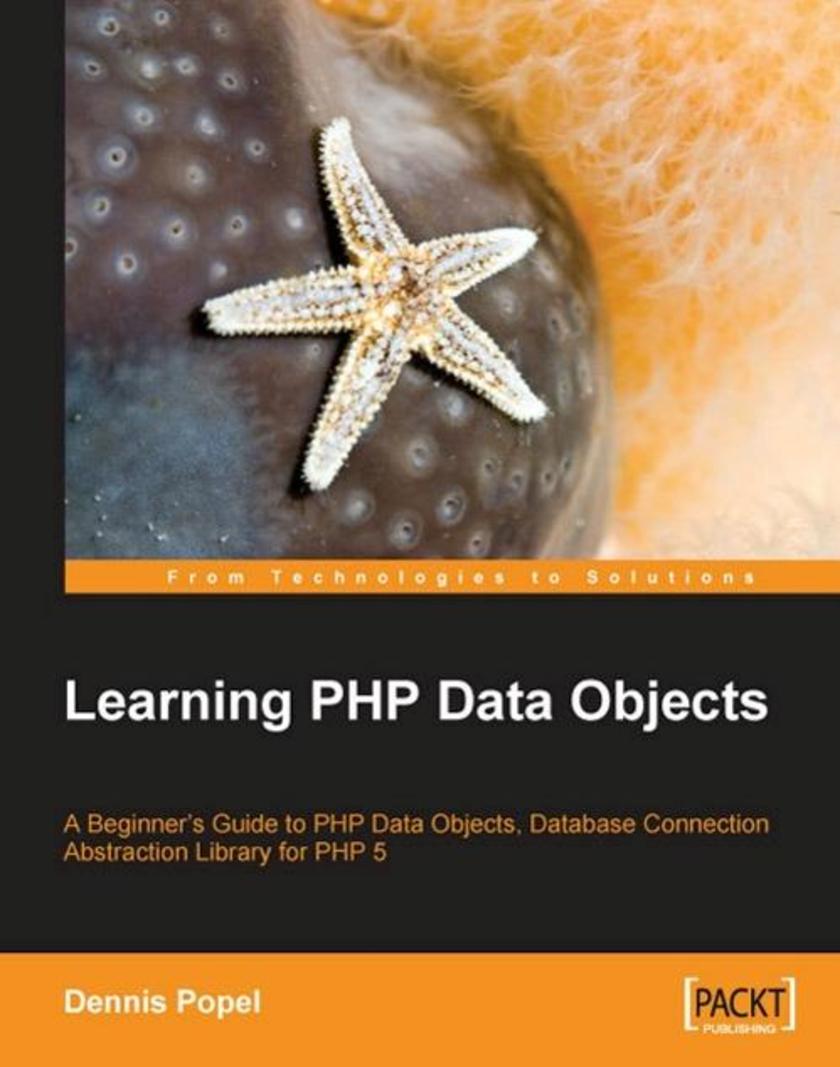
Learning PHP Data Objects
¥71.93
This book describes the topic first and then gives step-by-step instructions on how to go about a particular example. PHP developers who need to use PDO for data abstraction.
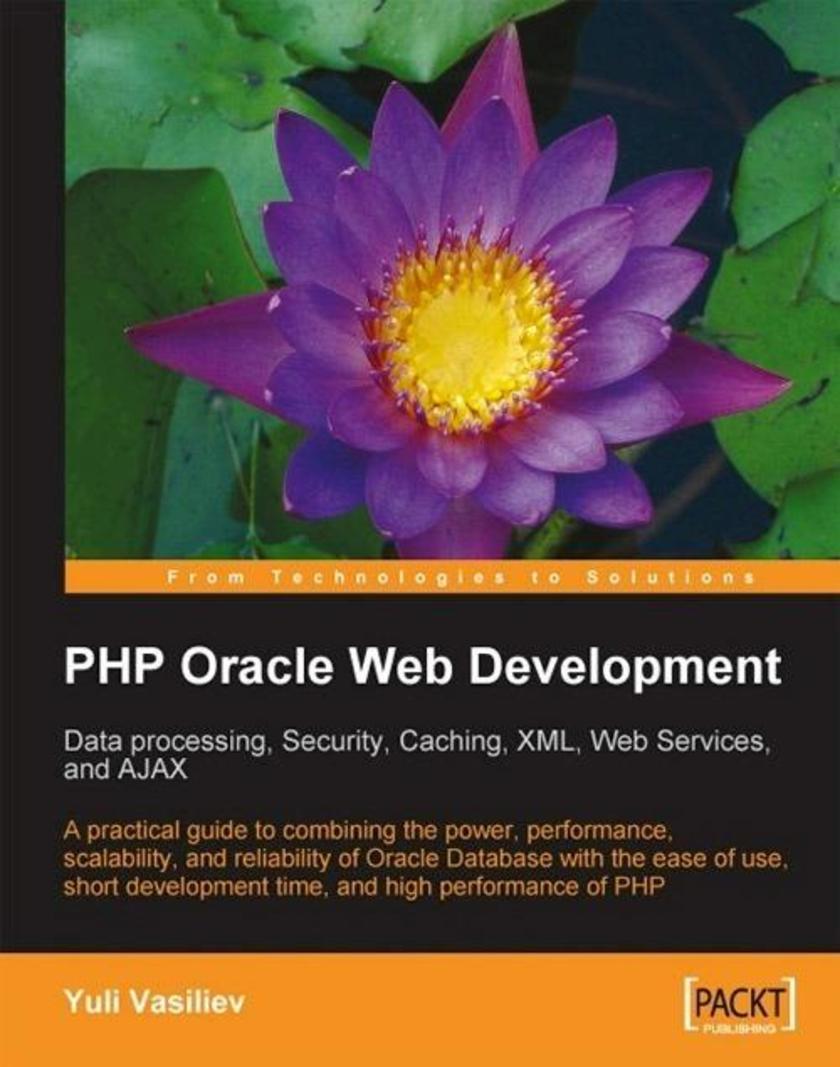
PHP Oracle Web Development
¥90.46
Through numerous examples, this book shows you how to build simple and efficient PHP applications on top of Oracle, efficiently distributing data processing between the Web/PHP server and Oracle Database server. Although this book covers only the most popular and up-to-date topic areas on the use of PHP in conjunction with Oracle, the author does not make any assumption about the skill level of the reader. Packed with information in an easy-to-read format, the book is ideal for any PHP developer who deals with Oracle.
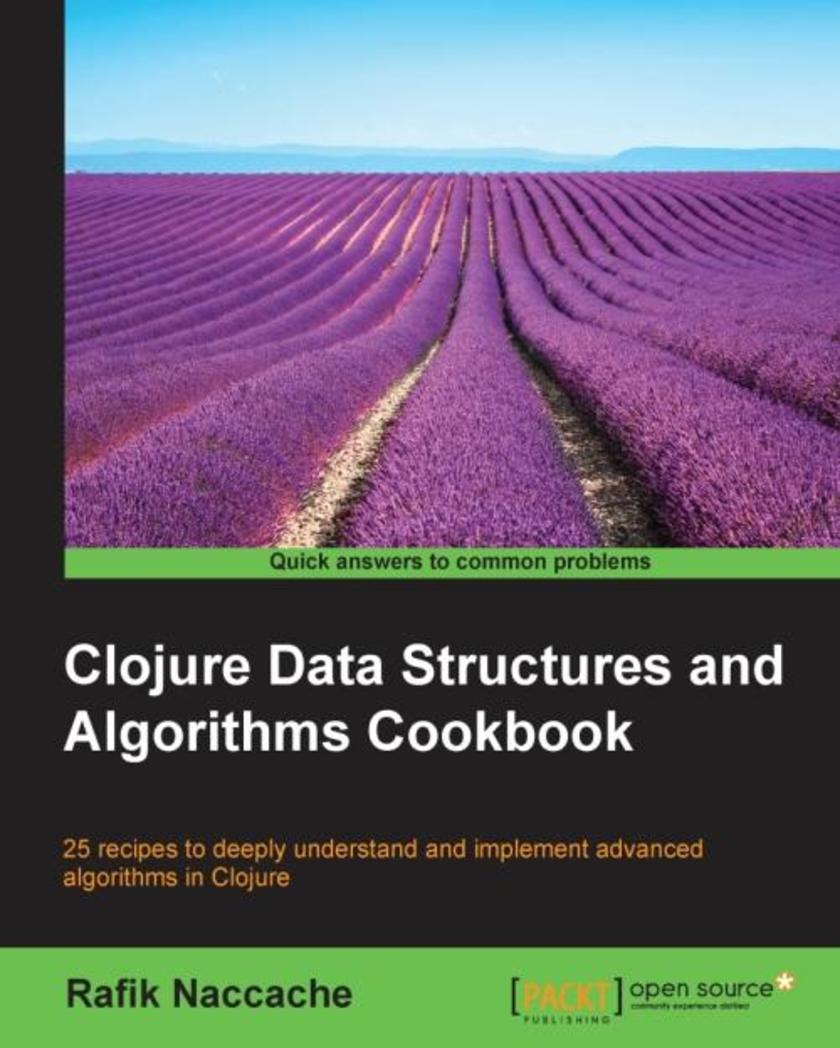
Clojure Data Structures and Algorithms Cookbook
¥90.46
This book is for intermediate Clojure developers who can read and write in this language quite comfortably. Besides, it is assumed that you have some knowledge of how to set up Clojure projects, include dependencies, how to run REPLs, and so on through Leiningen and Figwheel. No prior awareness of any of the algorithms covered in this book is needed, and, when appropriate, pointers are given to the explanation material about any theory related to them.
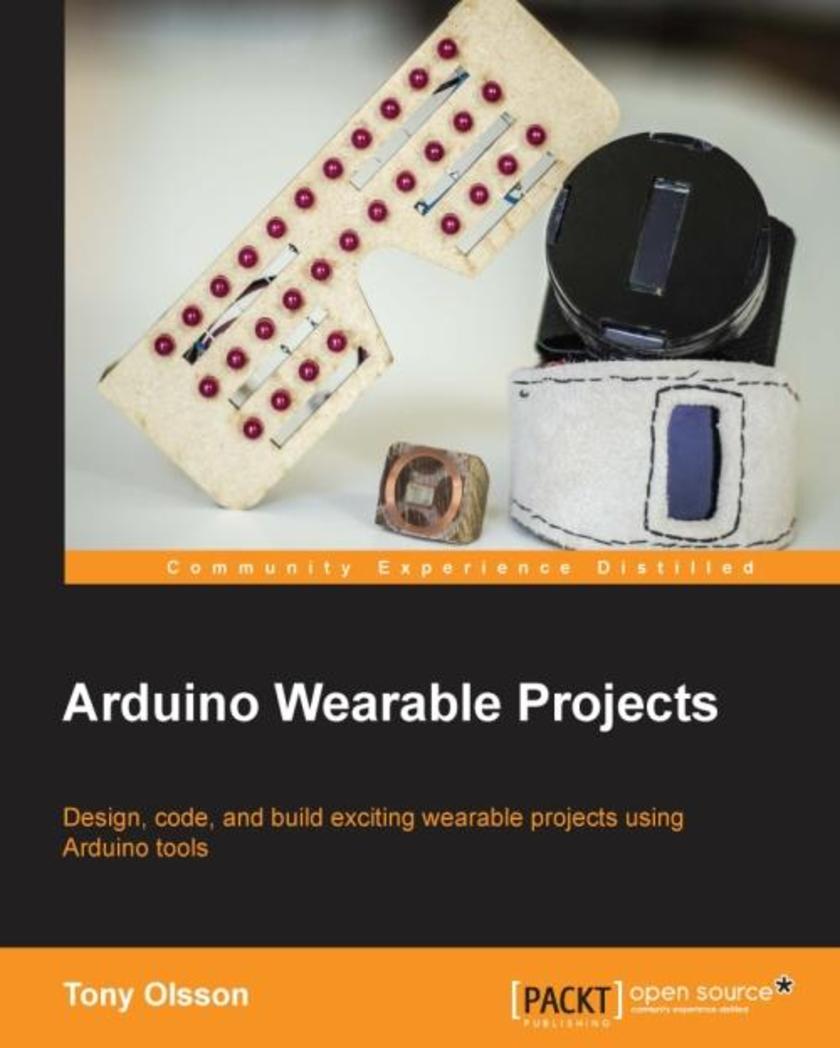
Arduino Wearable Projects
¥80.65
This book is intended for readers who are familiar with the Arduino platform and want to learn more about creating wearable projects. No previous experience in wearables is expected, although a basic knowledge of Arduino will help.
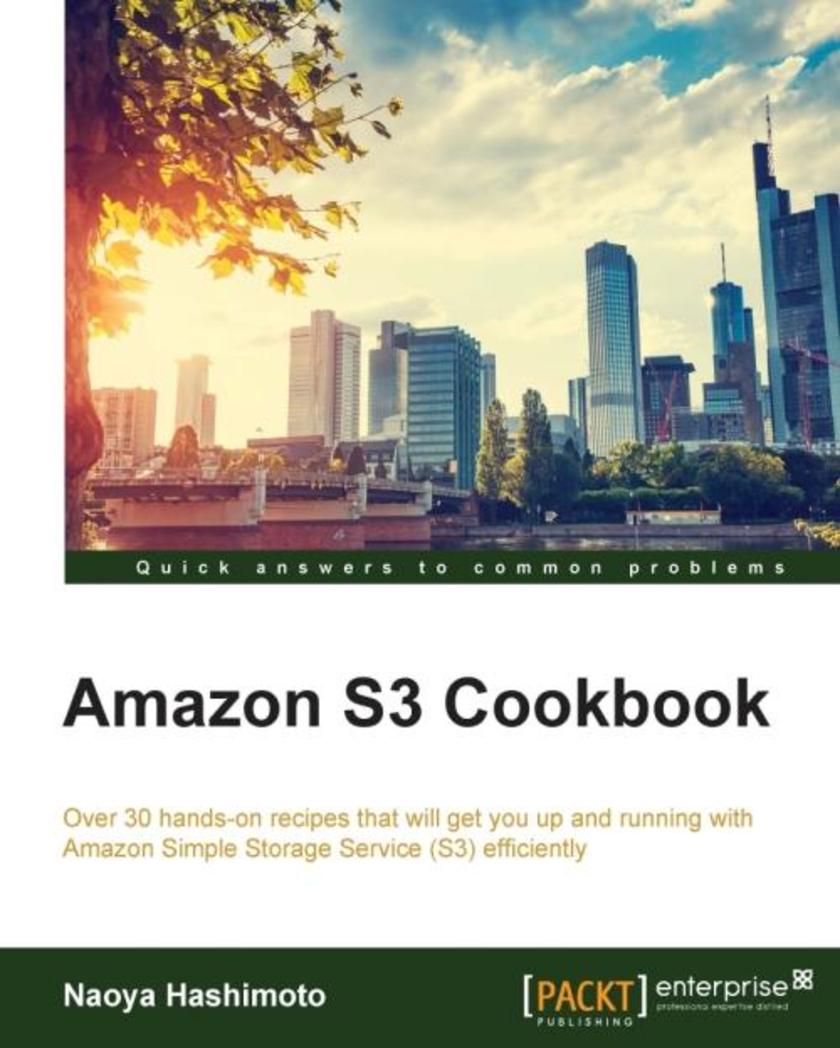
Amazon S3 Cookbook
¥90.46
This book is for cloud developers who have experience of using Amazon S3 and are also familiar with Amazon S3.
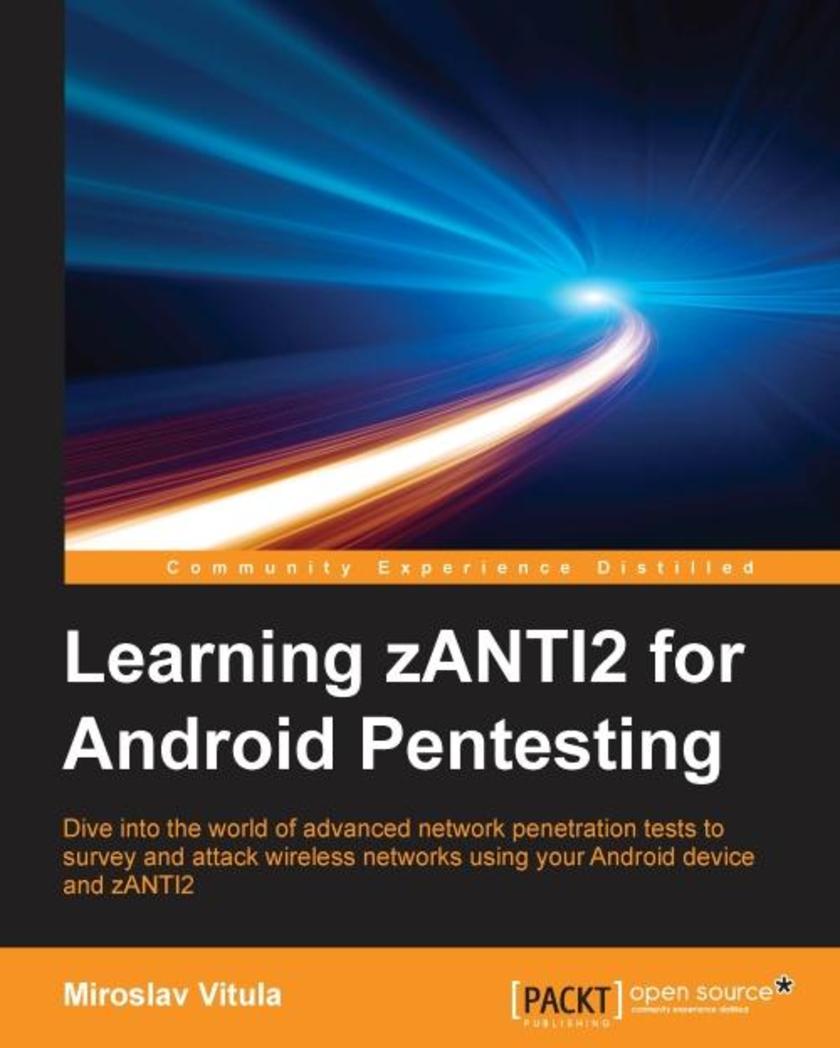
Learning zANTI2 for Android Pentesting
¥63.21
The book is intended for those who want to know more about network penetration tests and have no prior experience, as well as for those who are experienced in network systems and are interested in discovering more about this topic.
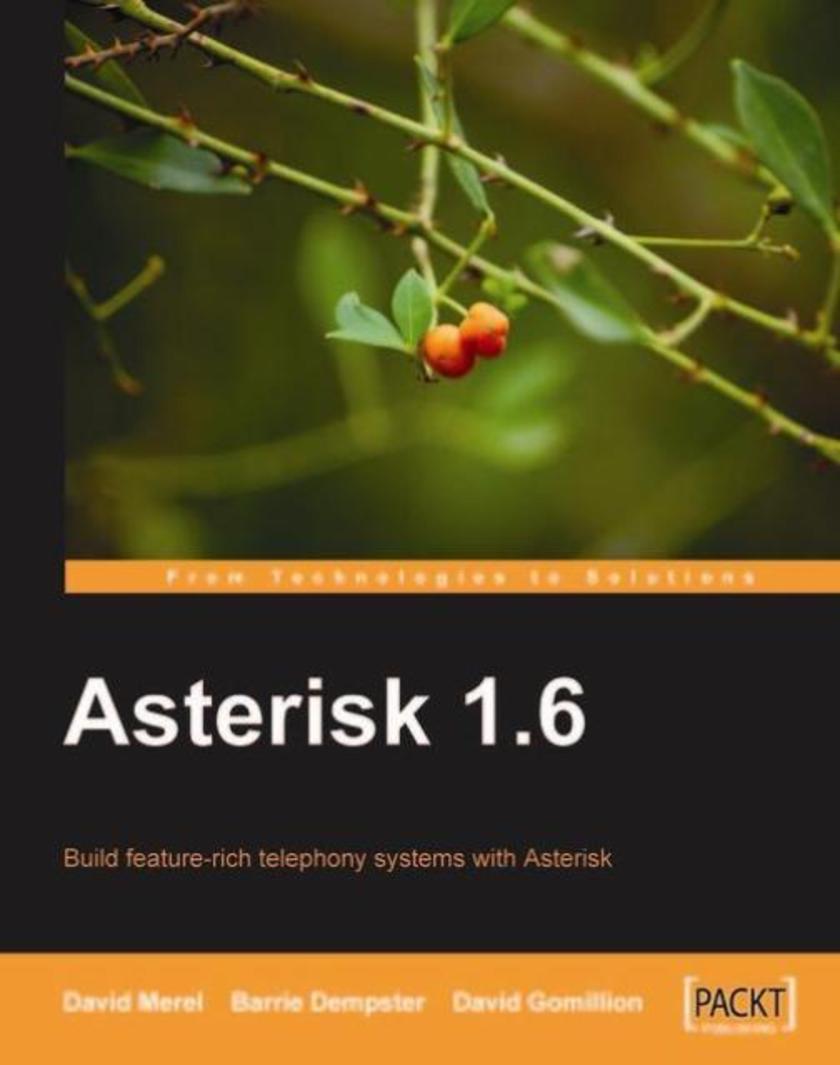
Asterisk 1.6
¥71.93
The book offers readers both a detailed de*ion as well as step by step instructions on deploying software solutions as well as Asterisk configurations. Screenshots are provided in sections to give a visual perspective of the instructions. For Asterisk configurations actual sample code is listed in the book which can be directly inserted into your Asterisk solution.This book is aimed at anyone who is interested in building a powerful telephony system using the free and open source application, Asterisk, without spending many thousands of dollars buying a commercial and often less flexible system. This book is suitable for the novice and those new to Asterisk and telephony. Telephony or Linux experience will be helpful, but not required.
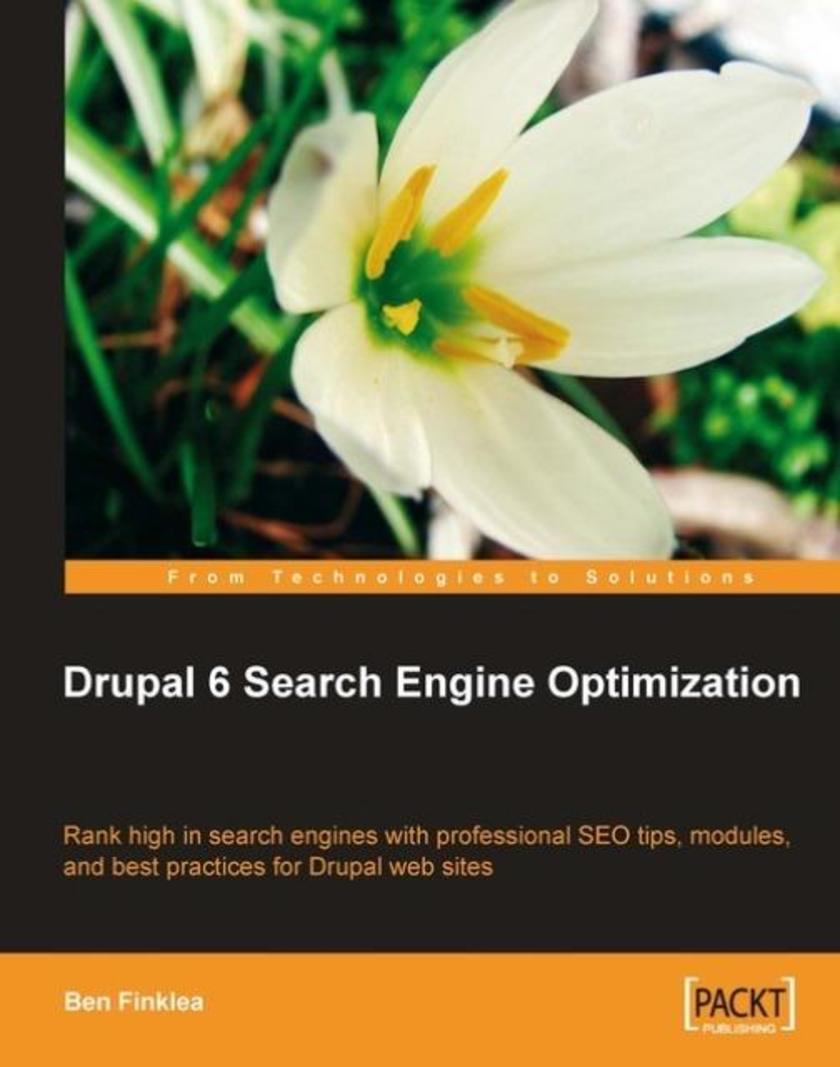
Drupal 6 Search Engine Optimization
¥80.65
This is a practical, hands-on book based around sound SEO techniques specifically applied to Drupal. Each chapter starts with a brief overview of the important concepts then quickly moves into practical step-by-step actions you can take immediately. Throughout the book, you'll get clear instructions and detailed screenshots, so you can see exactly what to do each step of the way. You will install and configure a selection of Drupal modules – each of which will move you one step closer to optimization. Chapter-by-chapter, your Drupal site will become more optimized so that by the end of the book, your site is 100% ready for Google. This book is written for Drupal site owners and those who create Drupal sites including themers, developers, programmers, and consultants. A basic understanding of Drupal will be helpful: what a node is, how to create nodes, how to log in to the admin sections of your Drupal site, and how to properly install and enable a module. No knowledge of SEO will be assumed but a basic knowledge of search engines is expected.
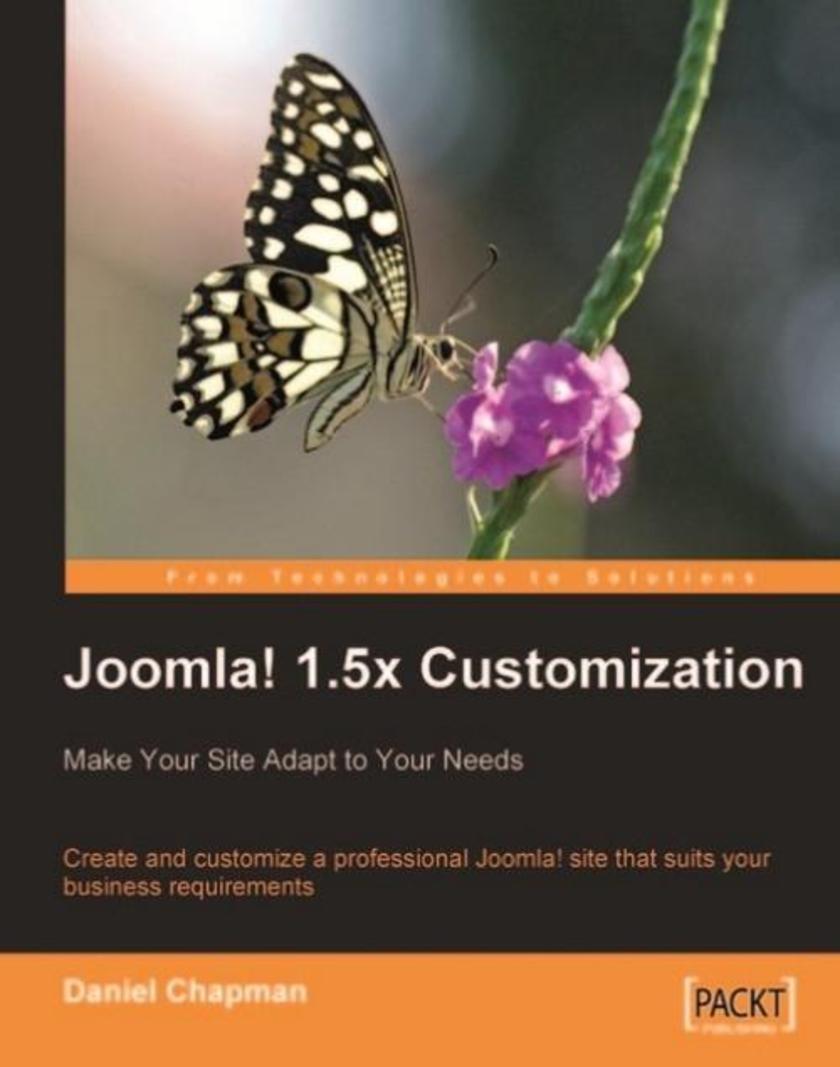
Joomla! 1.5x Customization: Make Your Site Adapt to Your Needs
¥80.65
Filled with plenty of examples and careful explanations, this step-by-step guide teaches you to build a sub*ion-based business site with Joomla!. This site will evolve chapter by chapter as you apply the techniques and theory that you are learning to it. You will start by looking at the environment in which you develop, setting yourself up with the right tools to develop a professional site as effectively and efficiently as possible. Then you will move on to setting the purpose of our site, and why it is important to have a clear purpose and goals for your site before you ever even install Joomla!. You will begin to look through choosing, installing and customizing extensions, and proceed to work on your sample sub*ion site as a practical example of the information covered in each chapter. Finally you will look at how to market and monetize your site to ensure the maximum success for your site. This book is written for people with basic knowledge of Joomla! who want to expand their skills and move from simply assembling extensions and installing a template to truly customizing their own site. Readers are expected to have functional knowledge of Joomla! and a very basic understanding of terms such as FTP, PHP, HTML, CSS, JavaScript, even if they have no real knowledge of the workings behind these terms. This book does not cover topics such as installing Joomla! and extensions, or creating content. The ideal reader is one who wishes to build a successful business web site using Joomla! and is interested in making as well as saving money by applying professional tools and techniques to the development, monetization, and marketing of their site. Non-business focussed site owners can still benefit greatly from the book, however, if they wish to add a level of professionalism to their work.
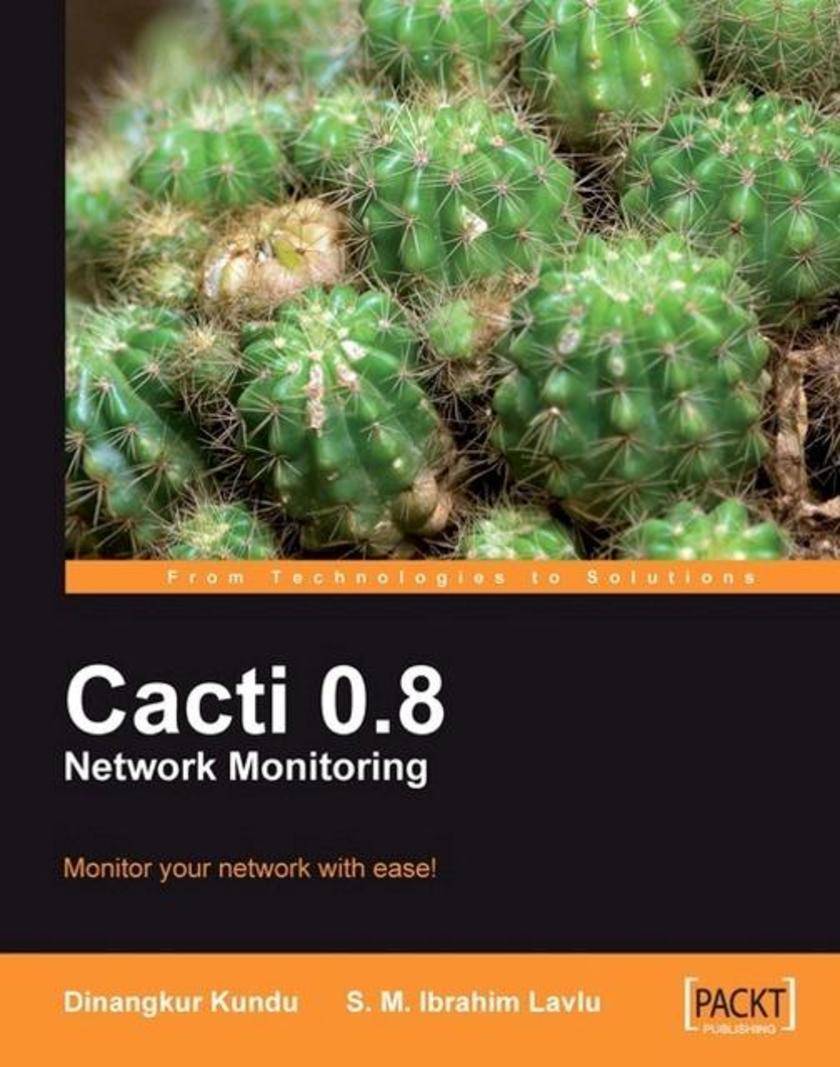
Cacti 0.8 Network Monitoring
¥63.21
With loads of screenshots and illustrations and easy step-by-step instructions, this book is ideal for beginners in the network monitoring business. This book is for anyone who wants to manage a network using Cacti. You don't have to be a Linux Guru to use this book.
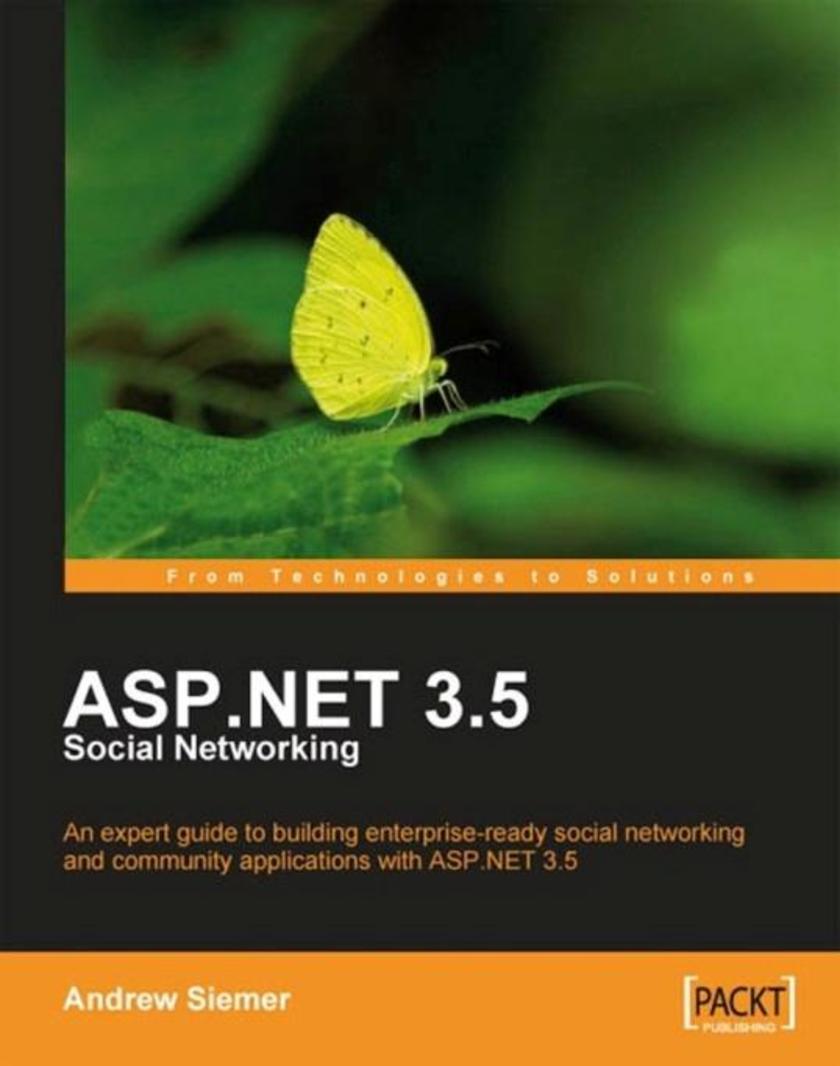
ASP.NET 3.5 Social Networking
¥90.46
Each chapter starts by showing the user experience we are going to create in the chapter. It then has a section discussing the major design decisions we face in building these features, and finally presents the 'solution' including the overall architecture and highlighting the most important code elements. The book presents a lot of real-world code, with comprehensive explanation and discussion. The full social network application is available for download from the Packt website, for you to examine, study, and modify. This book is written for ASP.NET and C# developers who want to build an enterprise-grade Social Network, either for their own business purposes or as a contract job for another company. The book assumes you have prior experience of developing web applications using ASP.NET 3.5, C# 3.0, SQL Server 2005/2008, and Visual Studio .NET 2008; it focuses on topics that will be of interest to existing developers not on providing step-by-step examples for each detail.
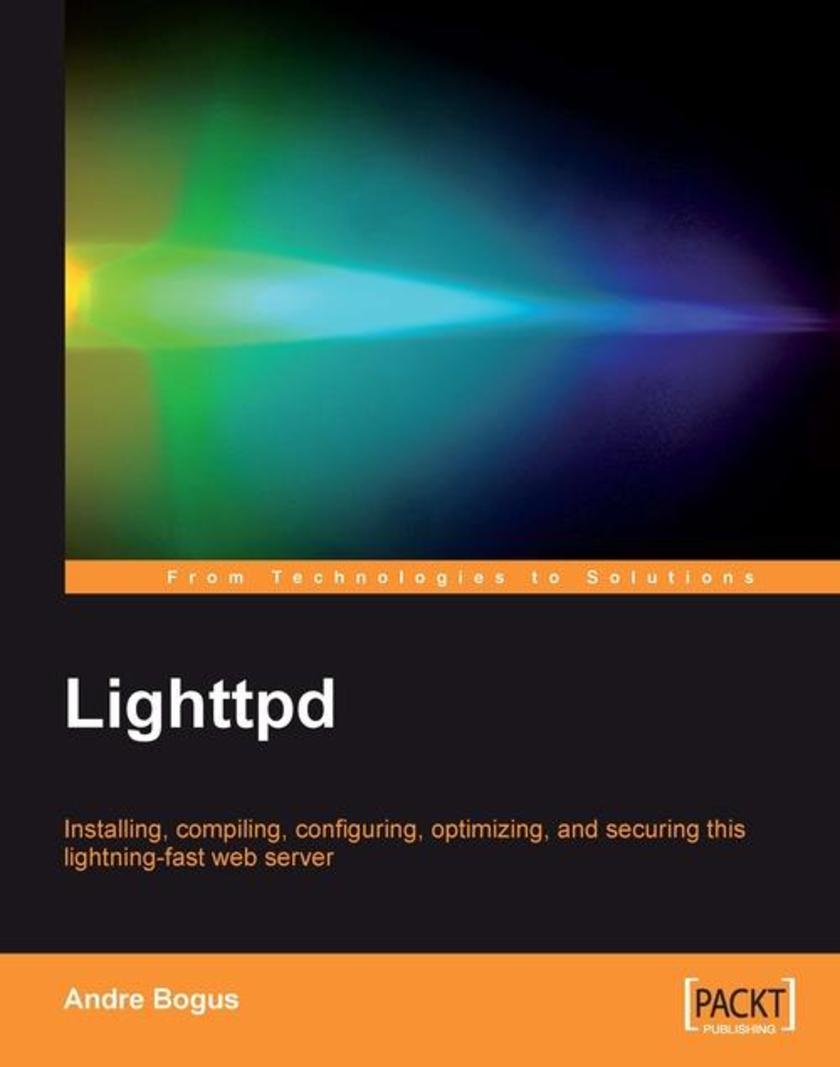
Lighttpd
¥71.93
This book is for System Administrators or Web Developers seeking a lean deployment platform for web applications or who want to switch to a "lighter" web server than Apache.
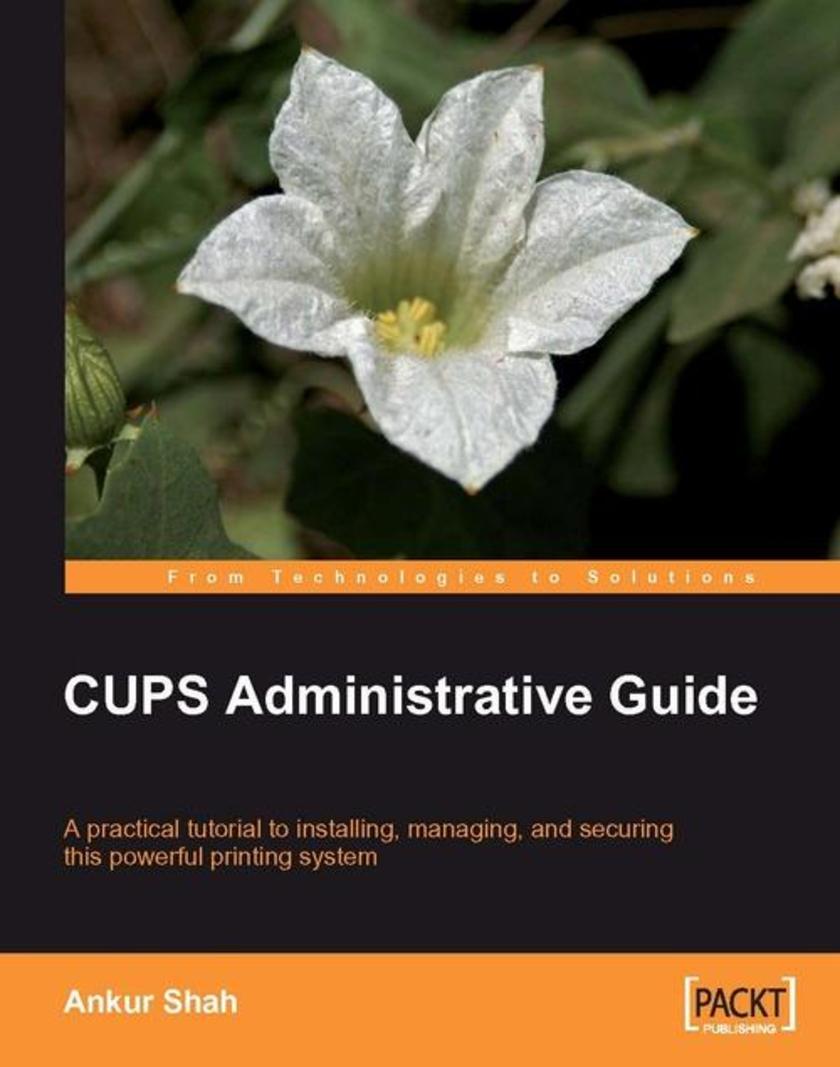
CUPS Administrative Guide
¥71.93
This book takes a tutorial approach and each chapter contains step-wise instructions to perform specific tasks. This book is for Linux/Unix System Administrators interested in designing and setting up a CUPS network and provides enough knowledge to understand how the technology works, make decisions about deployment, and then implement a stable work environment. No knowledge in CUPS is required but readers need to be comfortable with working in the Linux/Unix environment. On the whole, readers should have basic knowledge of the Linux environment.
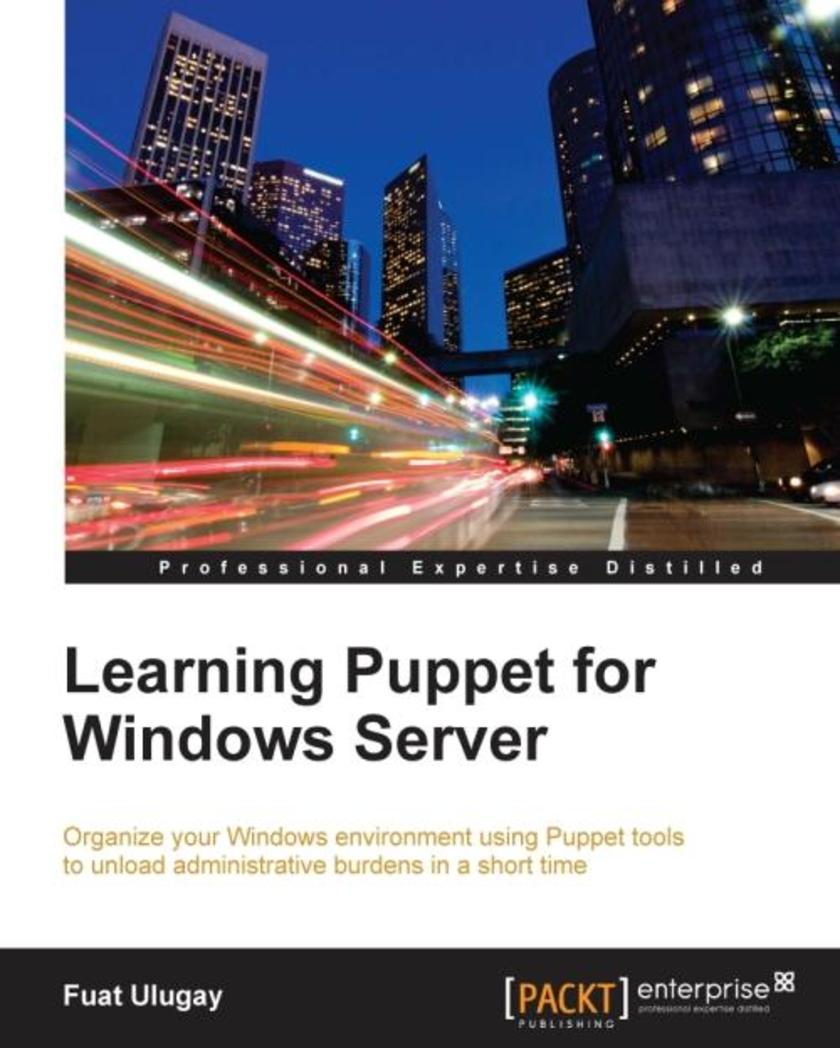
Learning Puppet for Windows Server
¥80.65
This book is for Windows administrators seeking to automate the management tasks of Windows servers and clients. Prior experience in Windows administration and a basic knowledge of Linux and Puppet will help you create wonders.
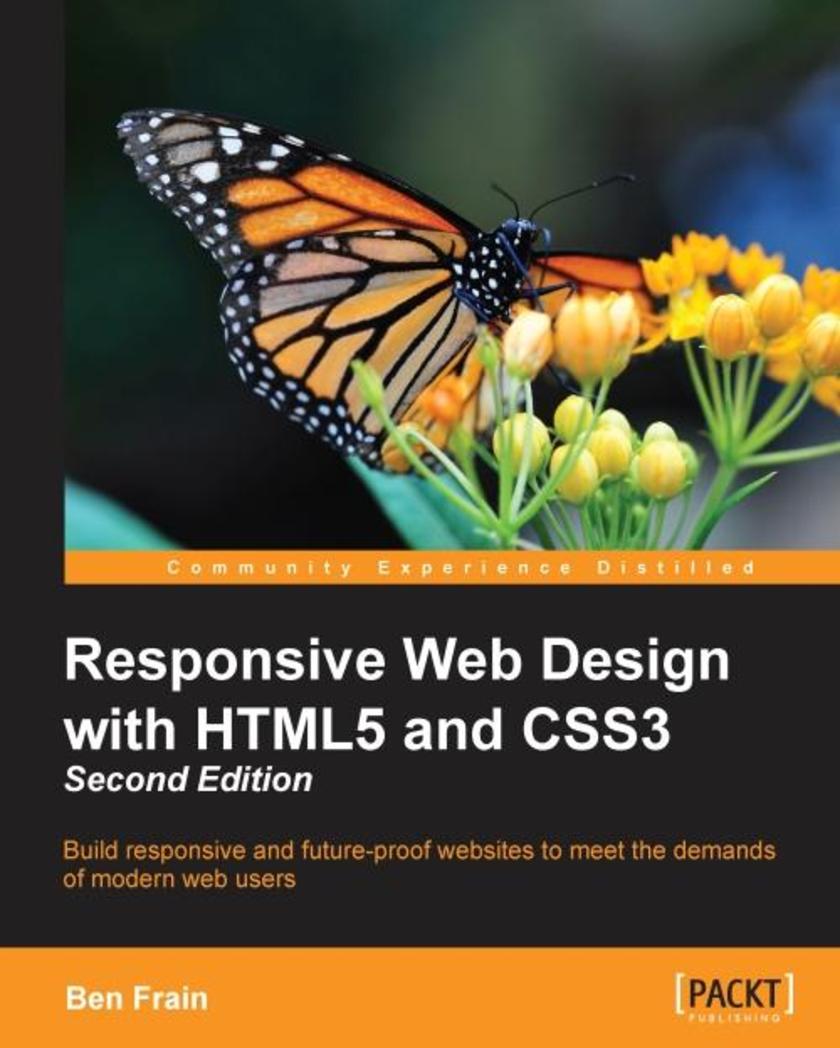
Responsive Web Design with HTML5 and CSS3 - Second Edition
¥71.93
Are you writing two websites: one for mobile and one for larger displaysOr perhaps you've already implemented your first RWD but are struggling to bring it all togetherIf so, this book gives you everything you need to take your websites to the next level. Some HTML and CSS knowledge will help; everything else you need is included in the book.
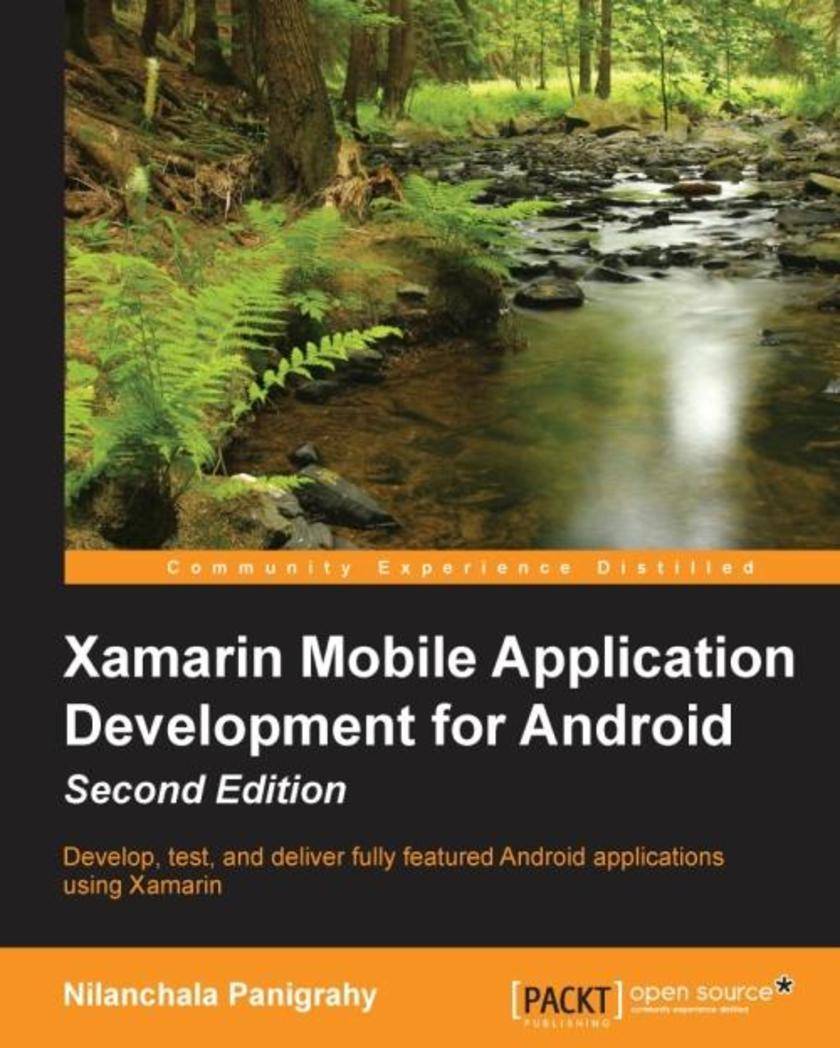
Xamarin Mobile Application Development for Android - Second Edition
¥80.65
If you are a C# developer who wants to develop Android apps and enhance your existing skill set, then this book is ideal for you. Good working knowledge of C#, .NET, and object-oriented software development is assumed.

PhoneGap By Example
¥80.65
If you are a web developer with some experience in the development of single page applications and want to enter the world of mobile applications, then this technology and book are ideal for you. No previous experience in the C++ or Java languages is required.
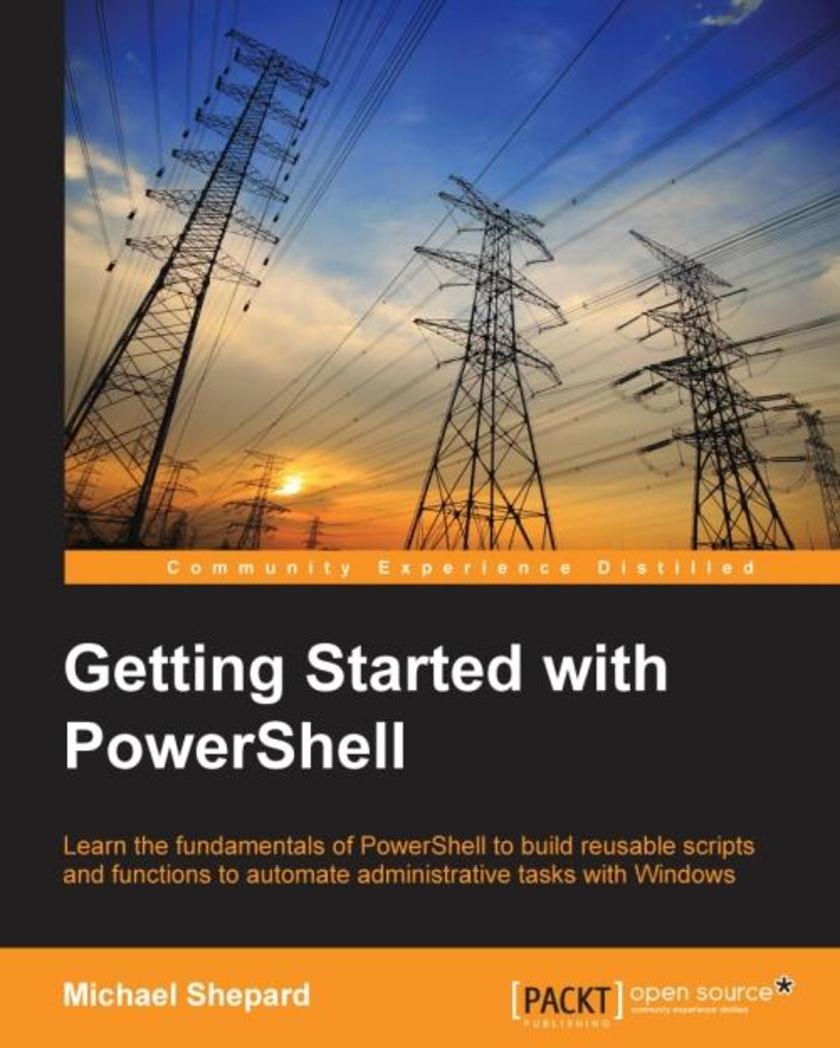
Getting Started with PowerShell
¥71.93
This book is intended for Windows administrators or DevOps users who need to use PowerShell to automate tasks. Whether you know nothing about PowerShell or know just enough to get by, this guide will give you what you need to take your *ing to the next level.
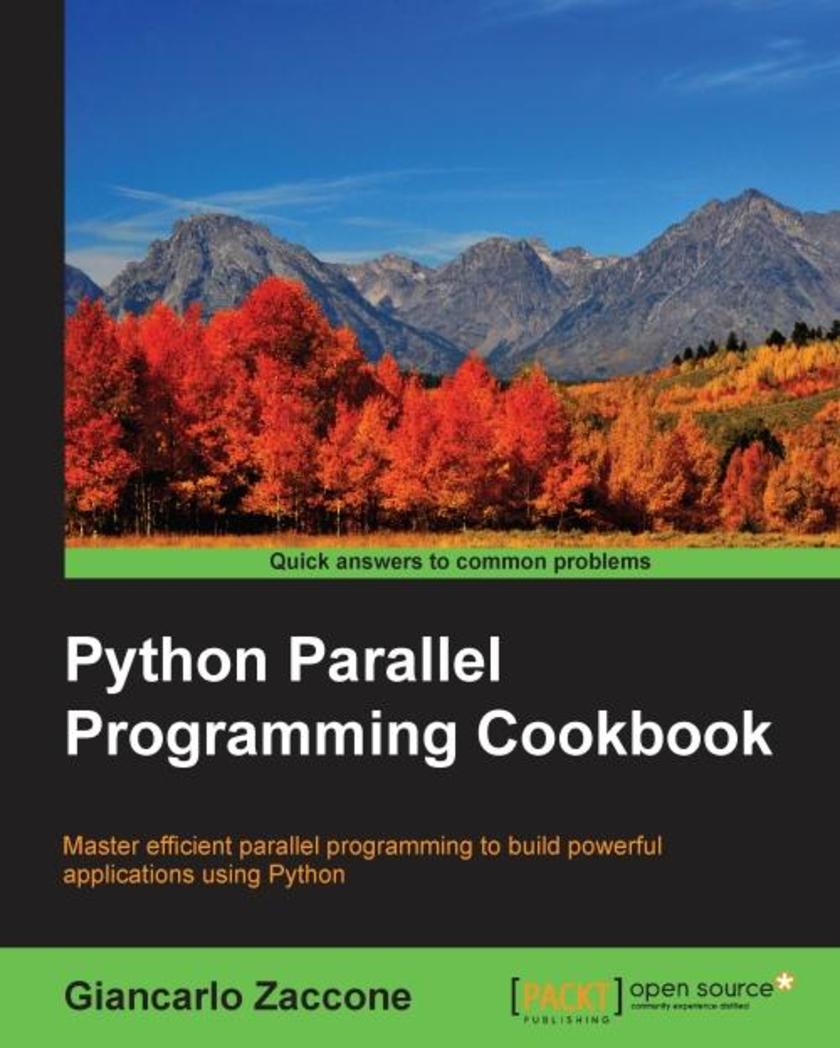
Python Parallel Programming Cookbook
¥90.46
This book is intended for software developers who want to use parallel programming techniques to write powerful and efficient code. After reading this book, you will be able to master the basics and the advanced features of parallel computing. The Python programming language is easy to use and allows nonexperts to deal with and easily understand the topics exposed in this book.
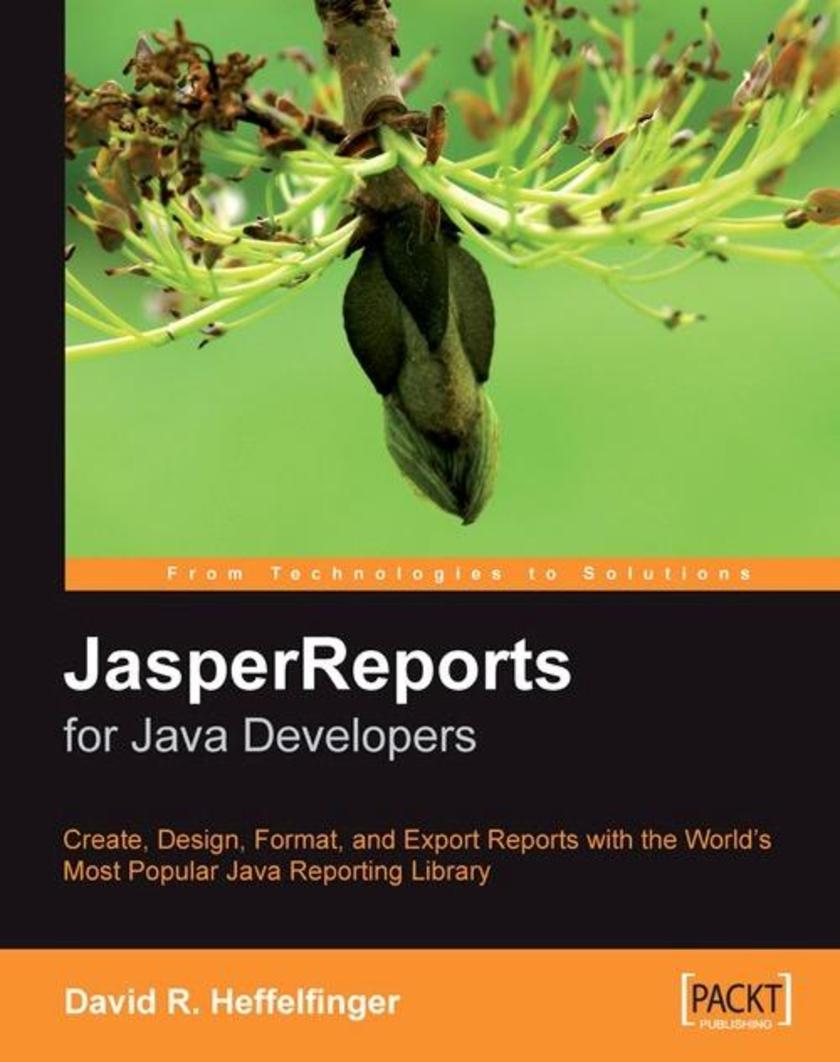
JasperReports for Java Developers
¥80.65
This book is a concise and practical guide aimed at getting the results you want as quickly as possible. This book is for Java developers who want to create rich reports for either the web or print, and want to get started quickly with JasperReports to do this. No knowledge of JasperReports is presumed, although obviously familiarity with Java, SQL, and XML are assumed where they are required.
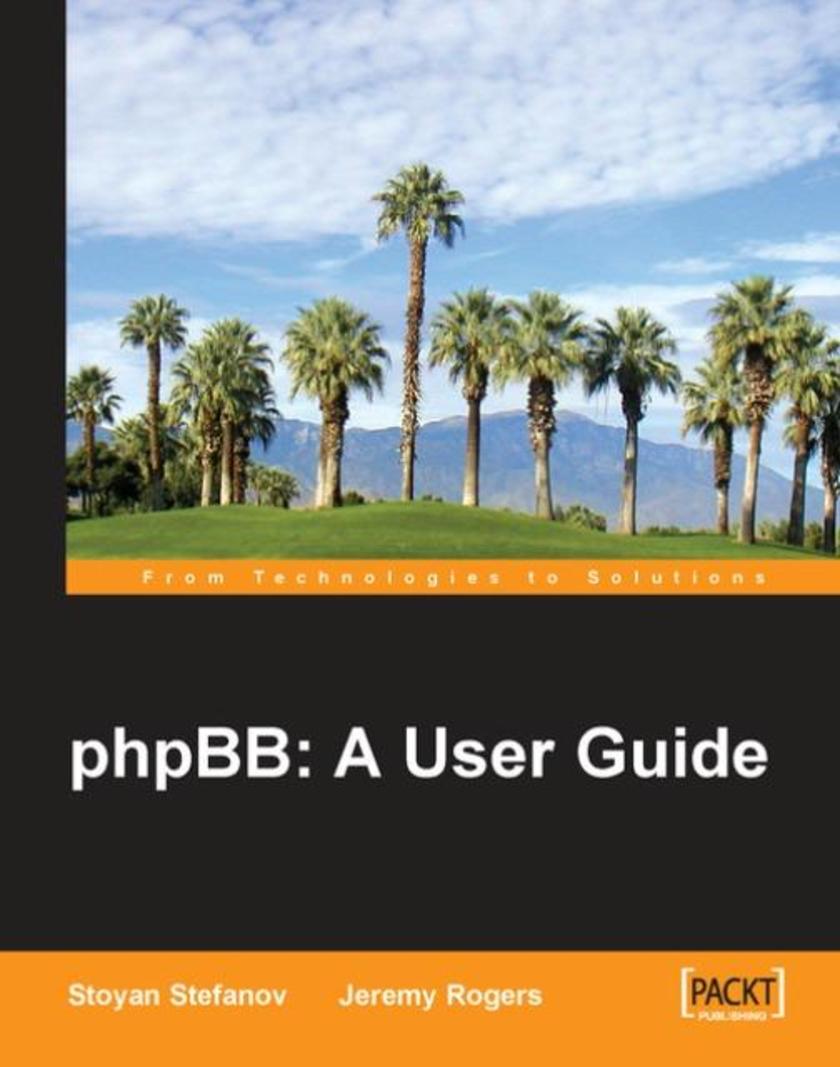
phpBB: A User Guide
¥45.77
This book takes a practical, hands-on approach to phpBB. Packed with sections stepping you through tasks, this book is the ideal guide to learning phpBB. This book is ideal if you are just starting with online communities and want a powerful and free tool. No experience of web programming is required.




 购物车
购物车 个人中心
个人中心



